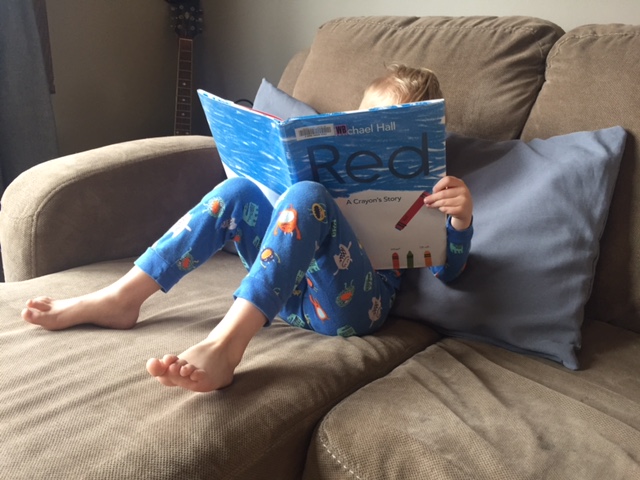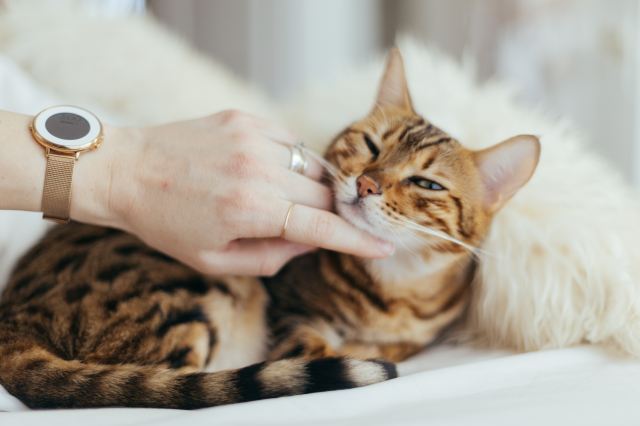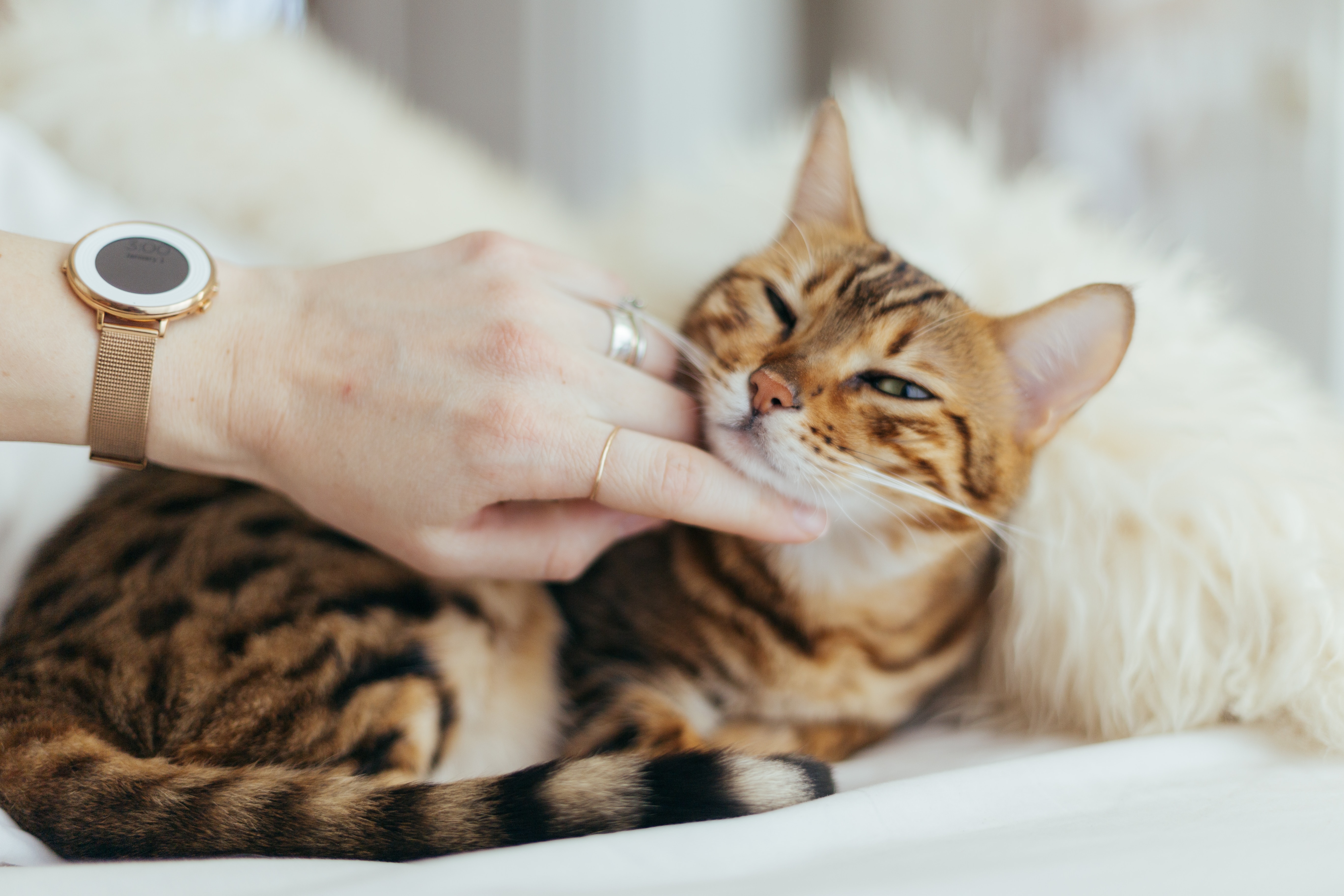It’s not always easy to find time to just sit down and read a good book with your kids, but science shows that it can have some amazing benefits. According to research, getting lost in a book can boost your mental well-being in a variety of ways.
Whether you read books with your kids in bits and pieces or you just powered through the entire Harry Potter series in record speed, research shows that if you get caught up in a good story you are enjoying many great benefits, including pure enjoyment and relaxation. Beyond simply being an entertaining way to spend time, experts say reading can exercise your mind and make you more empathetic.

Photo: Amber Guetebier
“Stories allow us to feel connected with others and part of something bigger than ourselves,” Melanie Green, PhD, associate professor in the department of communication at University at Buffalo told NBC News BETTER. Green, who has studied the concept of getting lost in a good book, says that although it is typically high-quality writing that engages readers, ultimately the type of book that makes you feel swept away is subjective and different for every reader.
Reading can also help develop social skills. Green explains that reading gives you a sense of belonging and connection to others. It can also help you with real world interactions, explains Keith Oatley, PhD, professor emeritus in the department of applied psychology and human development at University of Toronto. “We get to enter the minds of these other people. And in doing that we understand other people better,” Oatley says.
A good book can also help melt away the stress of your day, which is why reading together at bedtime is such a great way to end the day. “People who are absorbed in a story world aren’t ruminating on their own personal concerns,” says Green.
It can also help get you relaxed for your own bedtime. If it’s been awhile since you’ve cracked open a book that wasn’t illustrated, join our Red Tricycle Book Club to get some good recommendations.
—Shahrzad Warkentin
Featured photo: zilaseger via Pixabay
RELATED STORIES:
12 Must-Read Books You’ll Love as Much as Your Kids Will
















